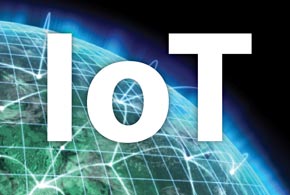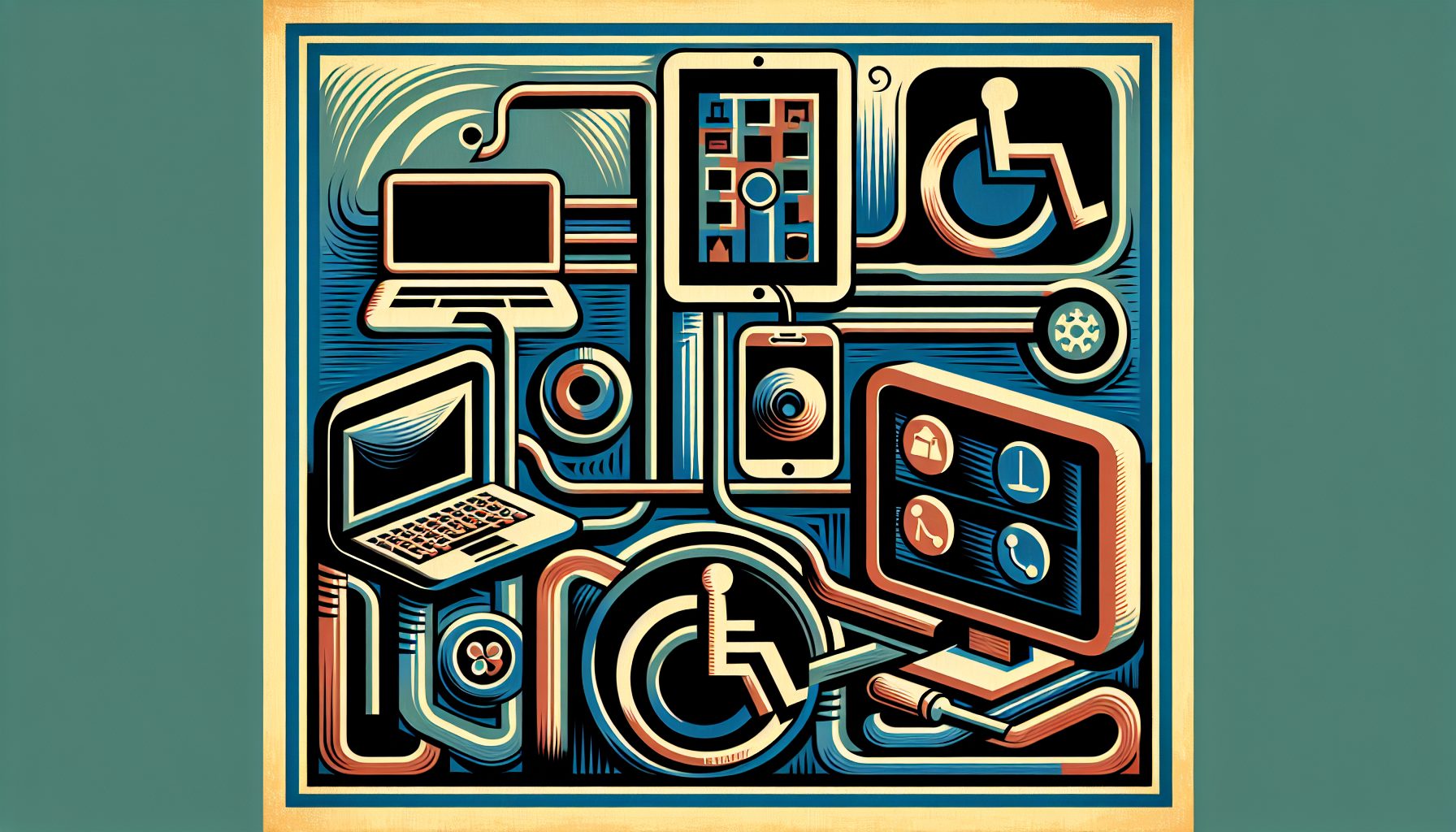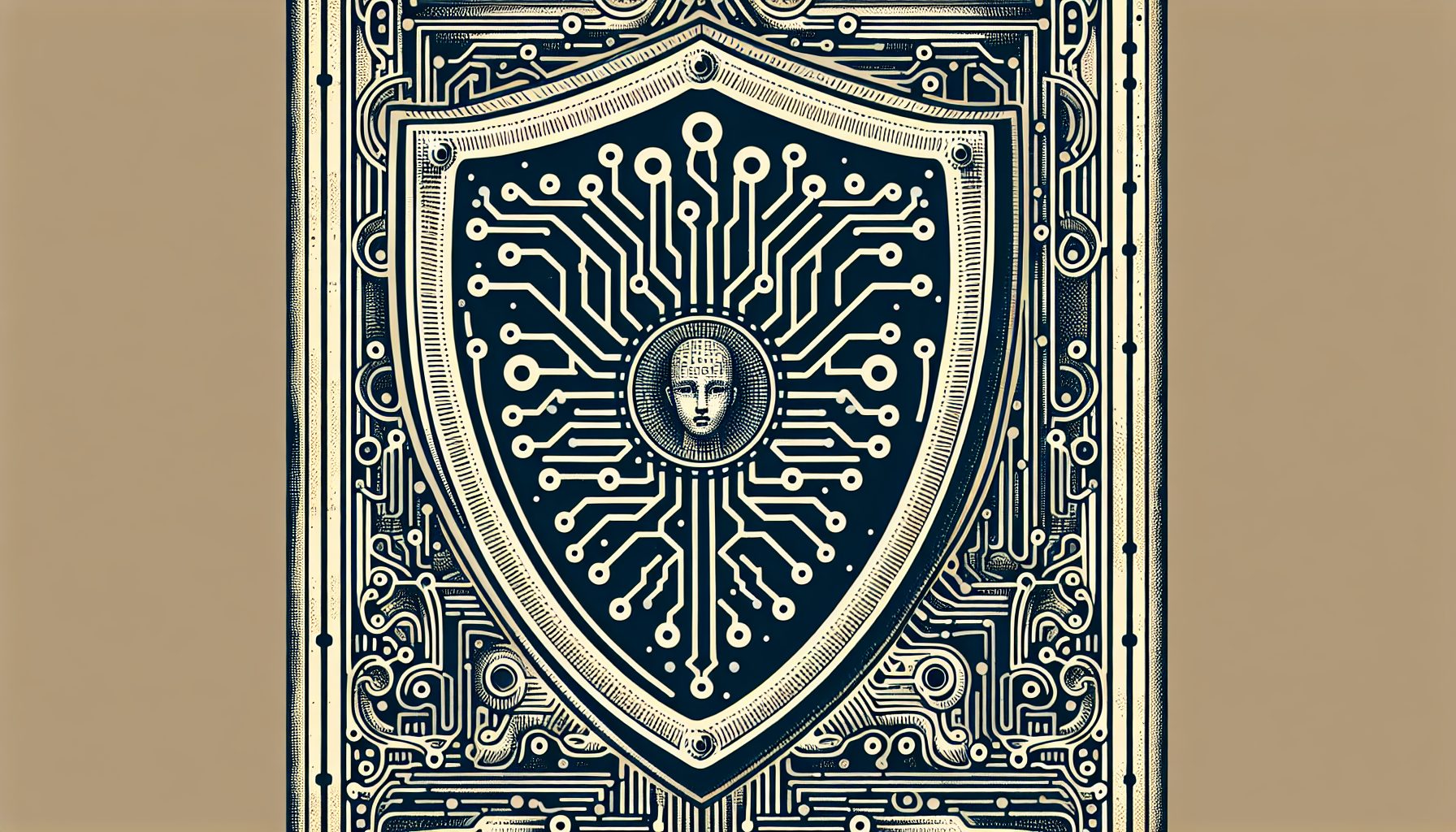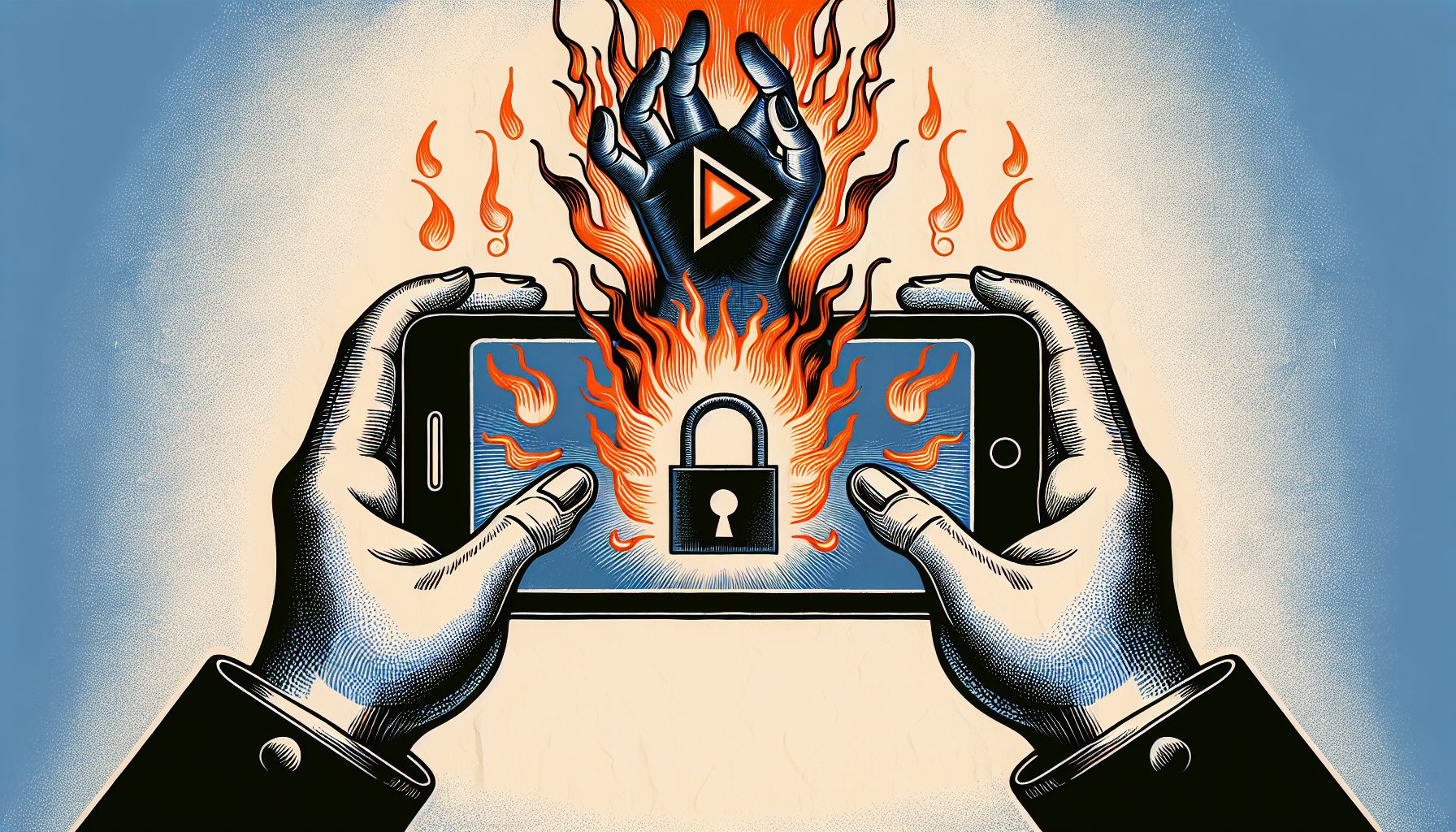It wasn’t that long ago when the idea of connecting people, machines and devices in a far-reaching way seemed like a futuristic vision of digital business. But thanks to enormous leaps in processing power, advances in artificial intelligence (AI) and machine learning, far more robust clouds and pervasive mobility, the Internet of things (IoT) is rapidly moving into the mainstream of business.
“We are on the cusp of a major transformation,” states Craig McNeil, managing director at business and IT consulting firm Accenture. “Businesses now recognize that they need to have an IoT strategy in place moving forward.”
In fact, a 2015 survey conducted by Economist Intelligence Unit found that more than 95 percent of the executives who participated said they will use the Internet of things in a significant way within three years. By contrast, in 2011, only about half of the executives surveyed saw the IoT as a viable opportunity.
Despite these promising responses, McNeil reports that, at the current time, only about 7 percent of organizations have developed an IoT strategy.
Addressing the gap and embracing a business model that incorporates the IoT is paramount. From agriculture and advertising to retailing and zoology, real-time transactional systems and analytical insights are arriving. New and improved connected products are streaming into the consumer space—everything from fitness trackers to home automation systems—while sensors and “smart” machines are quietly appearing in virtually every industry.
“The paradigm is beginning to shift,” says Paul Brody, Technology Sector Strategy Leader for the Americas at business and IT consulting firm EY. “We are seeing compelling business cases appear for the IoT.”
Making New Connections That Drive Business
A starting point for the journey into the Internet of things is to understand that a connected world involves more than a patchwork of technologies that merely function together. Success requires assembling systems the right way, building IoT analytics use cases, and, ultimately, producing data that drives better enterprise decision-making and improved outcomes for consumers.
“In the past, the ability to analyze and understand the business ecosystem was very limited,” Brody says. “Today, organizations that gather and use data through the IoT can radically improve performance. There is a return on investment that wasn’t previously possible.”
The concept hasn’t been lost on the University of Wisconsin Athletic Department in Madison, which highlights the benefits of IoT. It has rolled out WiFi, Bluetooth beacons, geofencing, a smartphone app, social features and analytics to take fan engagement to a level that would have been unimaginable in the past.
For instance, when the university’s football team played in the Holiday Bowl last December, it used geo-fencing technology to deliver highly targeted messages to fans who had downloaded the athletic department’s app for iOS and Android.
Upon leaving Madison, the fans received a message wishing them safe travels and thanking them for their support. Upon landing at San Diego Airport, they received a welcome message with links to fan events, information and videos. At that point, “We encouraged them to turn on Bluetooth to further enhance their experience,” says Ben Fraser, director of external engagement at the athletic department.
At the team’s official hotel site, the athletic department installed Bluetooth beacons and set up various other activities, ranging from trivia quizzes to giveaways for signed footballs. “We were able to engage just under 1,500 fans through the beacon messaging,” he says. “And we were able to deliver a custom message from one of our players on game day.”









